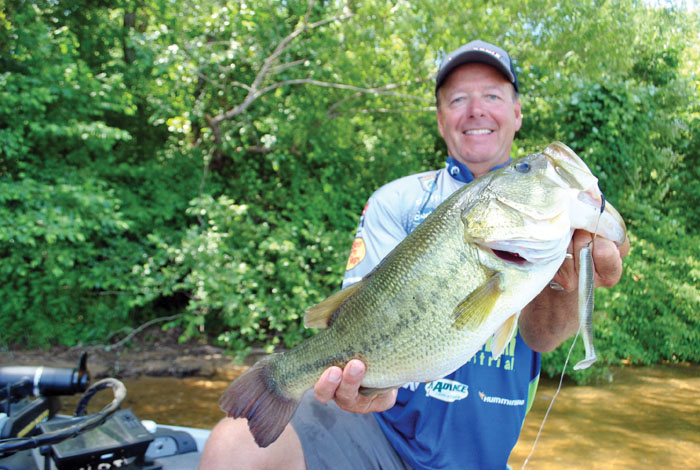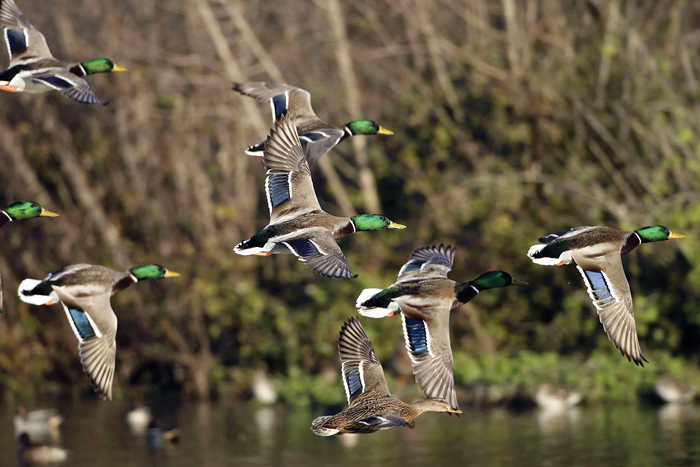Hudson column: Fishing to catch the blues
Published 12:00 am Thursday, May 5, 2011
By Glenn Hudson
For the Salisbury Post
One of the best meals you will eat on a beach trip is swimming around while you play in the water. Bluefish are one of the most common fish found off North Carolina beaches. And they are very tasty.
Everyone knows why humans flock to the beach. It’s all about fun in the sun. But bluefish and other aquatic animals come to the beach for very different reasons.
In theory, the beach offers protection from predators. That is why you see all those tiny fish swimming around in the waves as the ocean pushes up onto the sand. They know that staying in an inch or two of water is their only chance at survival.
But the truth is, they don’t have anywhere else to go. And bluefish know this. That is why they love to swim around in the surf chasing every little swimming morsel they can find.
At the same time, all those dolphins you see swimming beyond the breakers would love nothing more than to enjoy a bluefish for a meal. The pelicans have the same thing on their mind as well.
What is a hungry human to do with all this feeding going on? How about getting in on the action? It’s easier than you think.
You’re going to need a rod and reel, of course. But don’t think you need something special for this kind of fishing. Most any spinning outfit will do.
You will need some circle hooks, some frozen finger mullet, some wire leader (bluefish have very sharp teeth), and a pyramid-style sinker. That is about it.
Bluefish can be caught almost anywhere along the beach, but they favor areas where the baitfish are at a disadvantage and are easier to catch.
This means fishing in the surf zone where the small fish get tossed about and pummeled by the waves until they are disoriented and stunned. Bluefish are in their element in the surf zone because they are fast.
Other hotspots include inlets, where tidal movements force baitfish to go with the flow. Small baitfish cannot fight the current or the waves. The result is they have nowhere to hide. Predator fish know this and focus their efforts at places where the bait is concentrated and can’t get away easily.
If you are staying on a section of beach where there are no inlets then there is no reason you can’t plop down in a beach chair and let the fish come to you. Just cast your cut bait out and let it sit on the bottom while you relax. Chances are you’ll catch something eventually.
But if you want to stack the odds in your favor you will have to go mobile. Throw together a backpack with your essentials and go for a walk.
Look for places where the beach is different. Rip tides are excellent spots.
The very places swimmers should avoid are places where you should be fishing. Strong rip tides work to concentrate current and the baitfish are forced to go along for the ride.
Other signs that the fish are close include bird activity.
Seagulls hovering over the waves will tell you that baitfish are nearby. Pelicans and dolphin will give away the location of larger predatory fish.
When you see these signs stop and fish for a while and see what is going on. You may be surprised at just how much success you can have once you get to the right spot.
And the reward comes once you plop that bluefish fillet in some eggs and batter and then fry it until it is golden brown.
The dolphin and pelicans have no idea what they are missing.
Glenn Hudson is a freelance fishing writer based in Salisbury. Contact him at littletuna67@aol.com.




